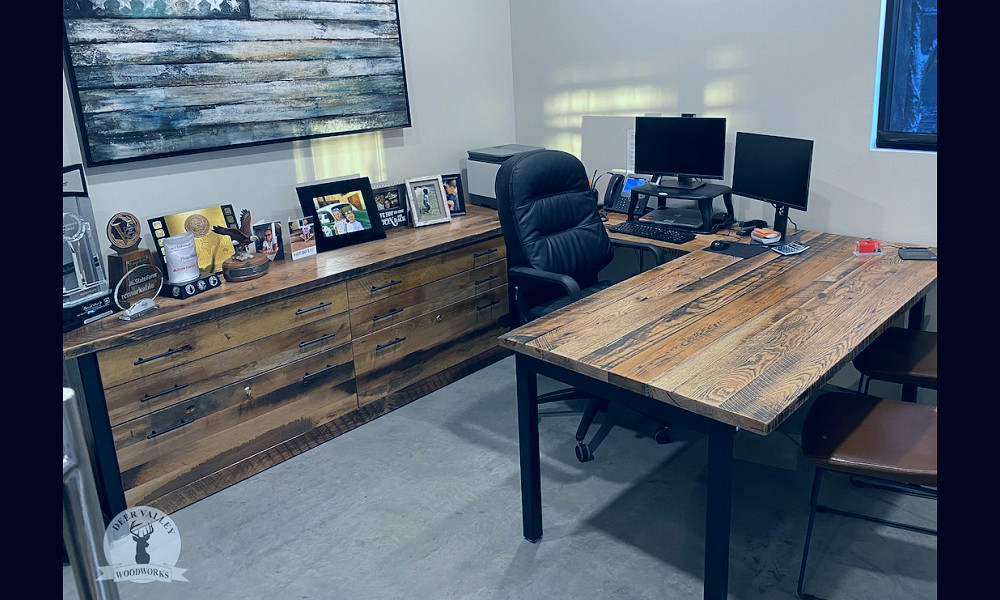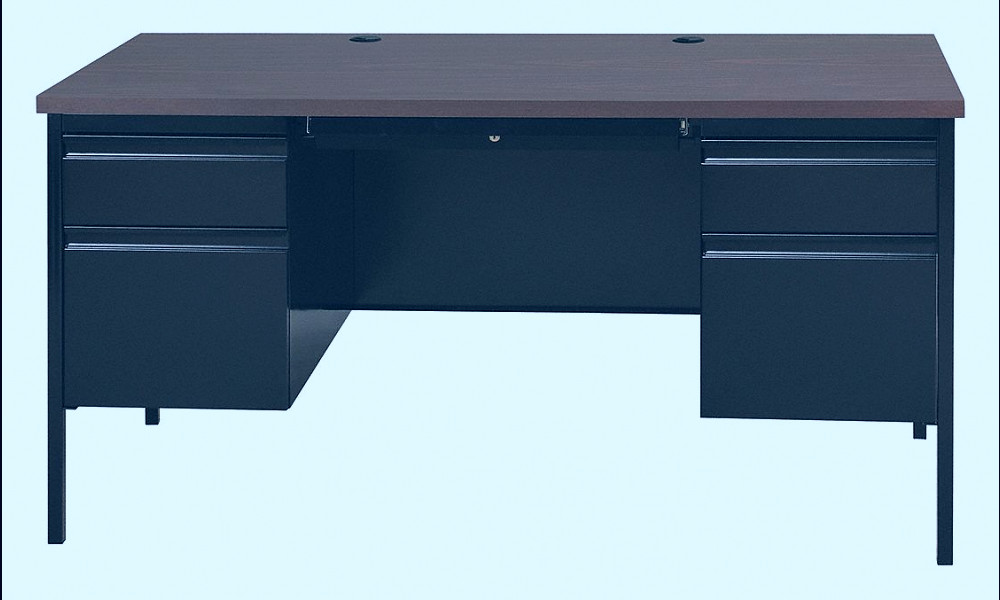
Choosing the Perfect Office Desk: Factors to Consider
An office desk is a sturdy furniture piece designed to provide an efficient workspace. It often includes drawers for storage, a flat surface for writing or placing a computer, and sometimes additional features like cable management or a hutch for extra storage. Ideal for both home and office environments, it helps in maintaining an organized and productive space.
Design and Aesthetics
The visual appeal of an office desk can have a significant impact on the work environment. Modern office desks come in a variety of designs and finishes, from sleek glass and steel constructions to traditional wooden desks. Some brands, such as Herman Miller or Steelcase, are renowned for their innovative designs. Read more
Dimensions and Layout
The size of an office desk should be suitable for its intended use. It should provide ample space for computers, paperwork and other essentials. L-shaped and U-shaped desks are popular choices for maximizing workspace, while compact designs are ideal for smaller offices. Read more
Materials and Durability
Office desks are typically made from materials like wood, metal, glass or a combination of these. The choice of material can directly influence the desk's durability. For instance, desks made from hardwood or metal are generally more durable than those made from particleboard. Read more
Functionality and Features
Modern office desks often incorporate features such as built-in cable management systems, keyboard trays, and adjustable height settings. Some desks also come with storage options like drawers and shelves. Brands like Ikea and Bush Business Furniture offer a range of functional desks. Read more

Ergonomics and Comfort
An ergonomic office desk promotes good posture and reduces the risk of back pain and other health issues. Features such as adjustable height, beveled edges, and rounded corners can all contribute to a desk's ergonomic design. Read more
Price and Value
The price of an office desk can vary greatly depending on factors like brand, design, material, and features. While high-end brands like Herman Miller and Steelcase command premium prices, there are also many affordable options available that offer good value. Read more
Brand Reputation
The brand's reputation can be a good indicator of the quality of an office desk. Brands known for their quality products and customer service include Herman Miller, Steelcase, and Ikea. Read more
Environmental Impact
Some brands, like Herman Miller, emphasize sustainability in their manufacturing processes. They use environmentally friendly materials and strive to reduce waste in their production. Read more

Assembly and Installation
Some office desks require assembly upon delivery. Brands like Ikea are known for their flat-pack furniture, which can be assembled at home with the help of detailed instructions. Read more
Warranty and Customer Service
A good warranty can be a sign of a brand's confidence in its products. Brands like Steelcase and Herman Miller typically offer long warranty periods and have a reputation for excellent customer service. Read more
Read more
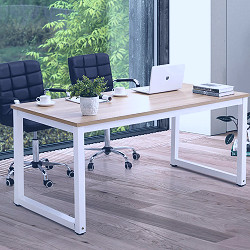 Amazon.com: NSdirect Modern Computer Desk 63 Inch Large Office Desk, Writing Study Table for Home Office Desk Workstation Wide Metal Sturdy Frame Thicker Steel Legs, White : Office Products
Amazon.com: NSdirect Modern Computer Desk 63 Inch Large Office Desk, Writing Study Table for Home Office Desk Workstation Wide Metal Sturdy Frame Thicker Steel Legs, White : Office Products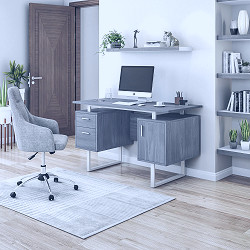 Amazon.com: Techni Mobili Modern Office Desk with Storage, Gray : Home & Kitchen
Amazon.com: Techni Mobili Modern Office Desk with Storage, Gray : Home & Kitchen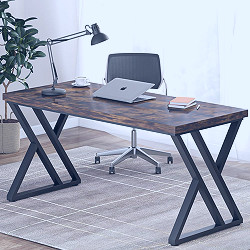 55" Heavy Duty Computer Desk, Office Desk - On Sale - Bed Bath & Beyond - 35990404
55" Heavy Duty Computer Desk, Office Desk - On Sale - Bed Bath & Beyond - 35990404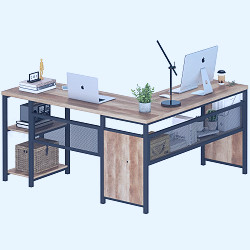 Amazon.com: FATORRI L Shaped Computer Desk, Industrial Office Desk with Shelves, Rustic Wood and Metal Corner Desk for Home Office (Rustic Oak, 59 Inch) : Home & Kitchen
Amazon.com: FATORRI L Shaped Computer Desk, Industrial Office Desk with Shelves, Rustic Wood and Metal Corner Desk for Home Office (Rustic Oak, 59 Inch) : Home & Kitchen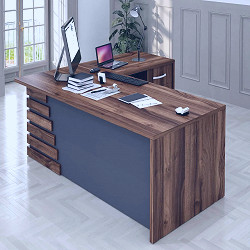 ATLAS 79″ Modern Home & Office Furniture Desk Brown & Black – Casa Mare
ATLAS 79″ Modern Home & Office Furniture Desk Brown & Black – Casa Mare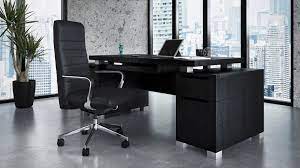 Ford Desk - Black
Ford Desk - Black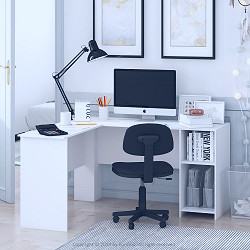 Furinno 54 in. L-Shaped White Computer Desk with Shelves 16084WH - The Home Depot
Furinno 54 in. L-Shaped White Computer Desk with Shelves 16084WH - The Home Depot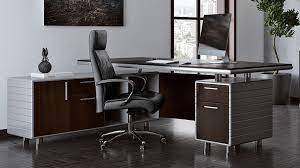 Kennedy Desk with Return - Dark
Kennedy Desk with Return - Dark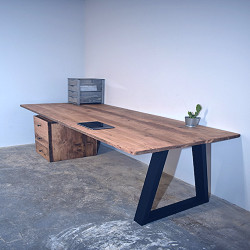 Reclaimed Wood Office Desk With Black Trapezium Legs - Etsy
Reclaimed Wood Office Desk With Black Trapezium Legs - Etsy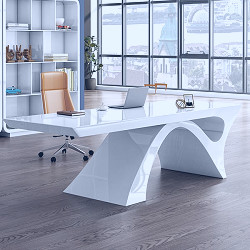 55" Modern White Computer Desk Rectangular Home Office Desk with Pedestal Base-Homary
55" Modern White Computer Desk Rectangular Home Office Desk with Pedestal Base-Homary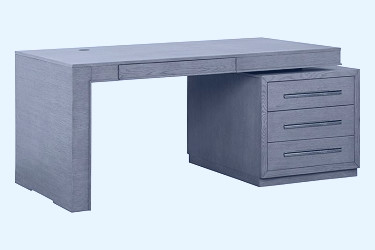 Pure Modern Office Desk in Moonstone
Pure Modern Office Desk in Moonstone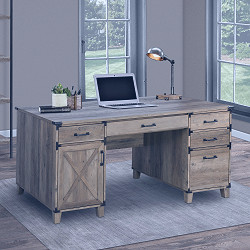 17 Stories Melvyn 59 '' Executive Desk with Drawers & Reviews | Wayfair
17 Stories Melvyn 59 '' Executive Desk with Drawers & Reviews | Wayfair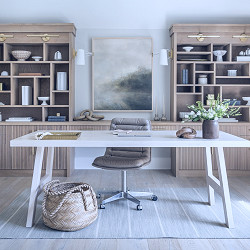 25 Desk Organization Ideas to Clear Up Your WFH Space | Architectural Digest
25 Desk Organization Ideas to Clear Up Your WFH Space | Architectural Digest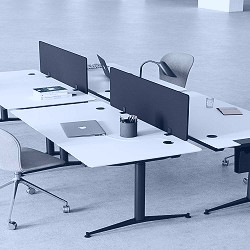 Phoenix office desk - Visit us for styling advice - BoConcept
Phoenix office desk - Visit us for styling advice - BoConcept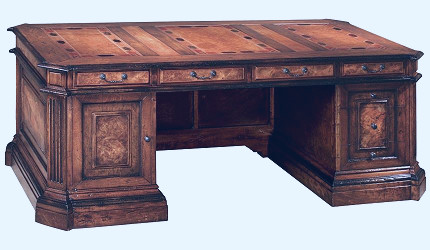 Corporate takeover desk, High End Office Furniture
Corporate takeover desk, High End Office Furniture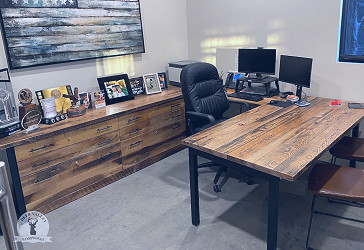 Reclaimed U-shaped Computer Desk Rustic Corner Desk Barnwood - Etsy
Reclaimed U-shaped Computer Desk Rustic Corner Desk Barnwood - Etsy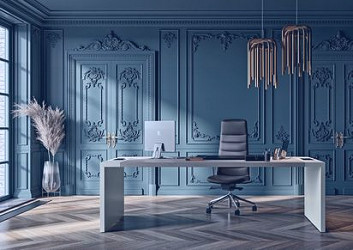 Modern Executive Office Desks | Commercial Office Desks
Modern Executive Office Desks | Commercial Office Desks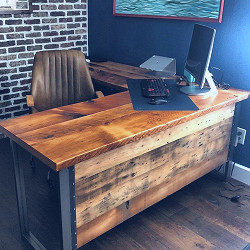 L Shaped Desk. Two Piece Desk. Desk With Privacy Wall. - Etsy
L Shaped Desk. Two Piece Desk. Desk With Privacy Wall. - Etsy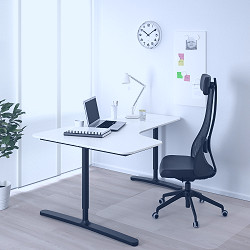 BEKANT Corner desk-left, white/black, 63x431/4" - IKEA
BEKANT Corner desk-left, white/black, 63x431/4" - IKEA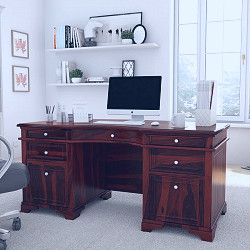 Victorian Style Rustic 66" Large Solid Wood Home Office Executive Desk
Victorian Style Rustic 66" Large Solid Wood Home Office Executive Desk 